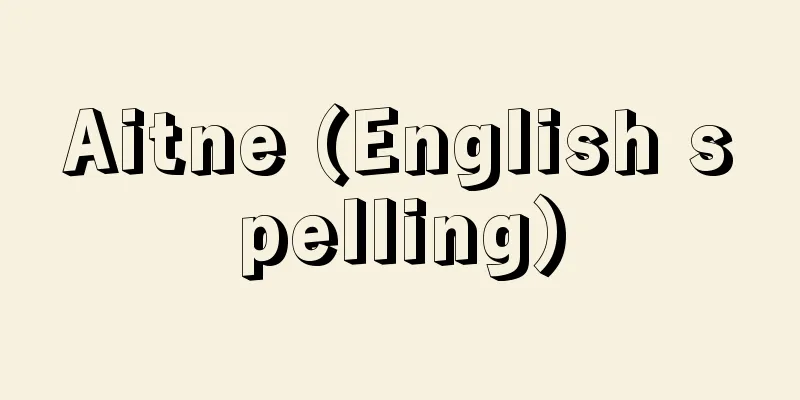Hazāriprasād Dvivedī (English spelling)

|
1864‐1938 Indian magazine editor. He made a major contribution to the establishment of modern Hindi prose. Born in a rural area in what is now Uttar Pradesh, he was educated in his village and a nearby small town, then went to Bombay, where his father worked, and learned English, Sanskrit, Marathi, and other languages. He eventually worked for the railways, starting as a signalman and moving around the country for many years, eventually achieving a certain level of position, but he quit because he did not get along with his superiors in Britain. In 1903, he became editor-in-chief of the Hindi general magazine Saraswati, which had been in publication for four years, and continued in that position for 1920. Source: Heibonsha World Encyclopedia, 2nd Edition Information |
|
1864‐1938 インドの雑誌編集者。ヒンディー語の近代散文の確立に大きく寄与した。現在のウッタル・プラデーシュ州の農村に生まれ,村と近くの小さな町で教育を受けたあと,父の勤めていたボンベイに出て英語,サンスクリット,マラーティー語などを習得した。やがて鉄道に勤め,信号係を振出しに長年にわたり各地に転勤しながらある程度の地位についたものの,イギリスの上司との折合いが悪かったことから退職した。1903年に創刊4年目のヒンディー語総合雑誌《サラスワティー》の編集長に就任し,20年までその任にとどまって活躍した。 出典 株式会社平凡社世界大百科事典 第2版について 情報 |
Recommend
Sanshiro Sugata
The protagonist of the novel of the same name by T...
Dog beetle - Dog beetle
… There are about 60 known species of tongue beet...
Zhuang (Zhuang) - Zhuang (English)
An ethnic minority group living in the Guangxi Zhu...
Okaya Kanpaku-dono
…A nobleman in the mid-Kamakura period. He was ca...
Record of the Righteous
…Kyosu adhered to Neo-Confucianism at a time when...
Neriginuza - Neriginuza
Also called Kinuza, this troupe was based in Gion ...
Inge, WR
In the Anglican Church, the Modern Churchmen'...
Punishment Handcuffs - Punishment Handcuffs
...An iron gourd-shaped bracelet that restrains t...
Duck and fish - Kamonamasu
...In the early modern period, while cranes were ...
Diamond dust
...Based on the temperature at which ice crystals...
Solar magnetic field
The magnetic field that exists in the Sun. The Sun...
Sodium nitroprusside
Chemical formula: Na 2 [Fe(CN) 5 NO]・2H 2 O. Offic...
Okura Schanze - Okura Schanze
...One of the old mesas belonging to the Shiribes...
Omote Yuhitsu
〘Noun〙 A job title in the Edo Shogunate. A clerk w...
Celadon - Aoji
〘Noun〙① Pottery with a green glaze that uses coppe...

![Kurahashi [town] - Kurahashi](/upload/images/67cb6df474927.webp)







